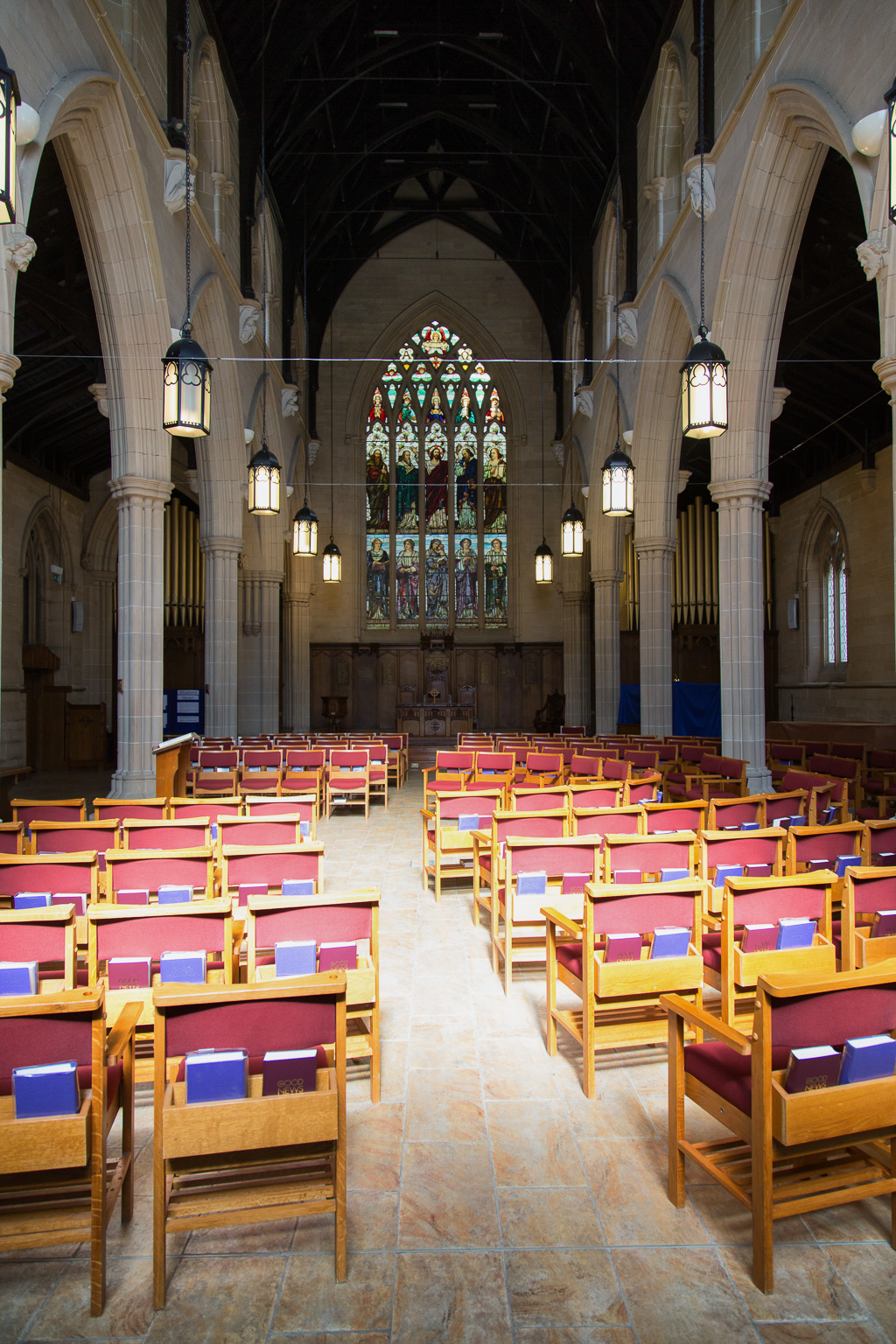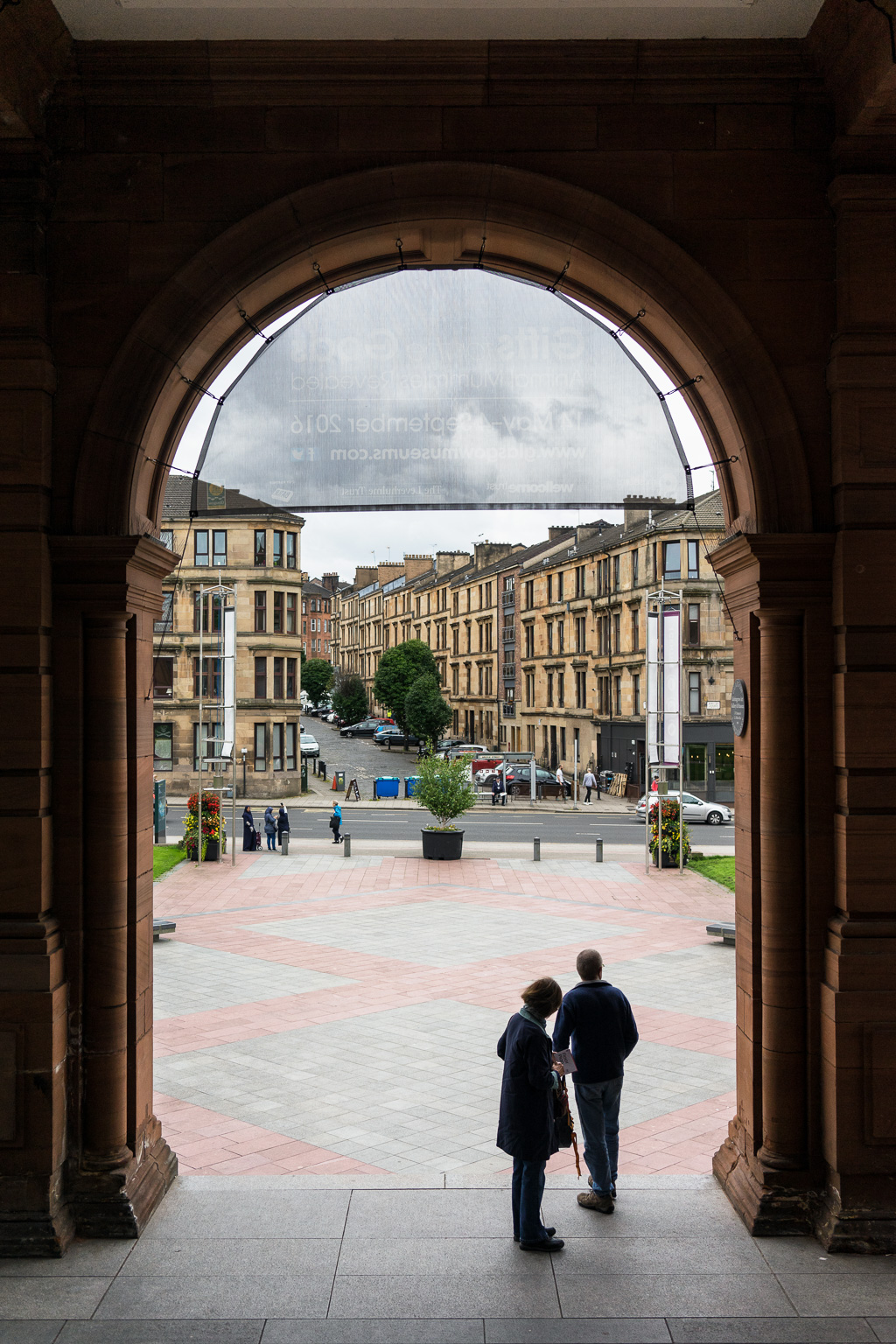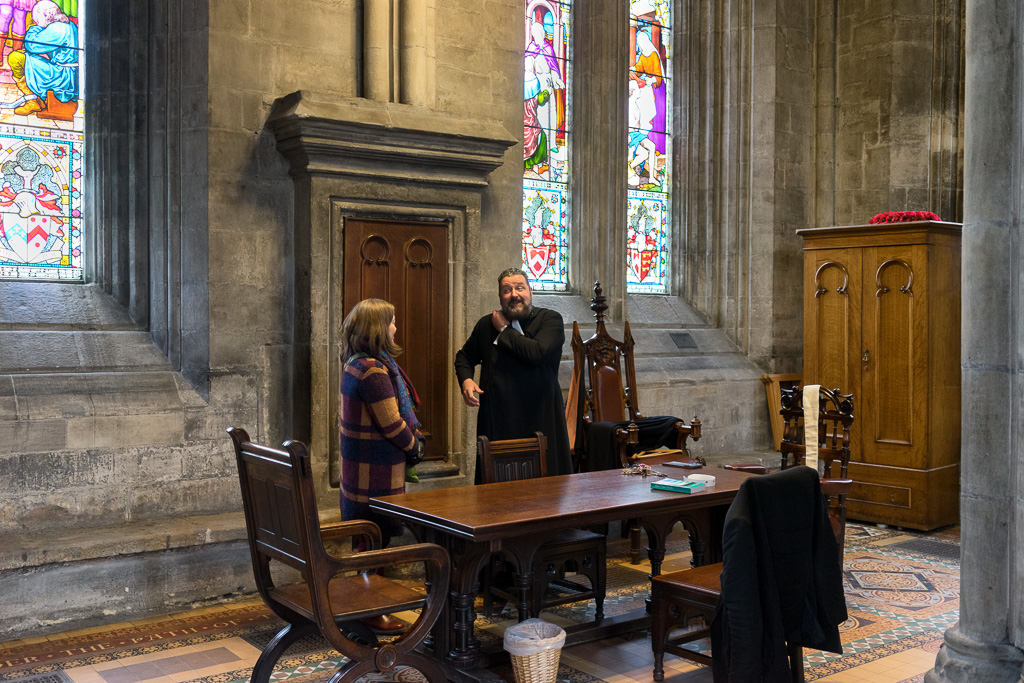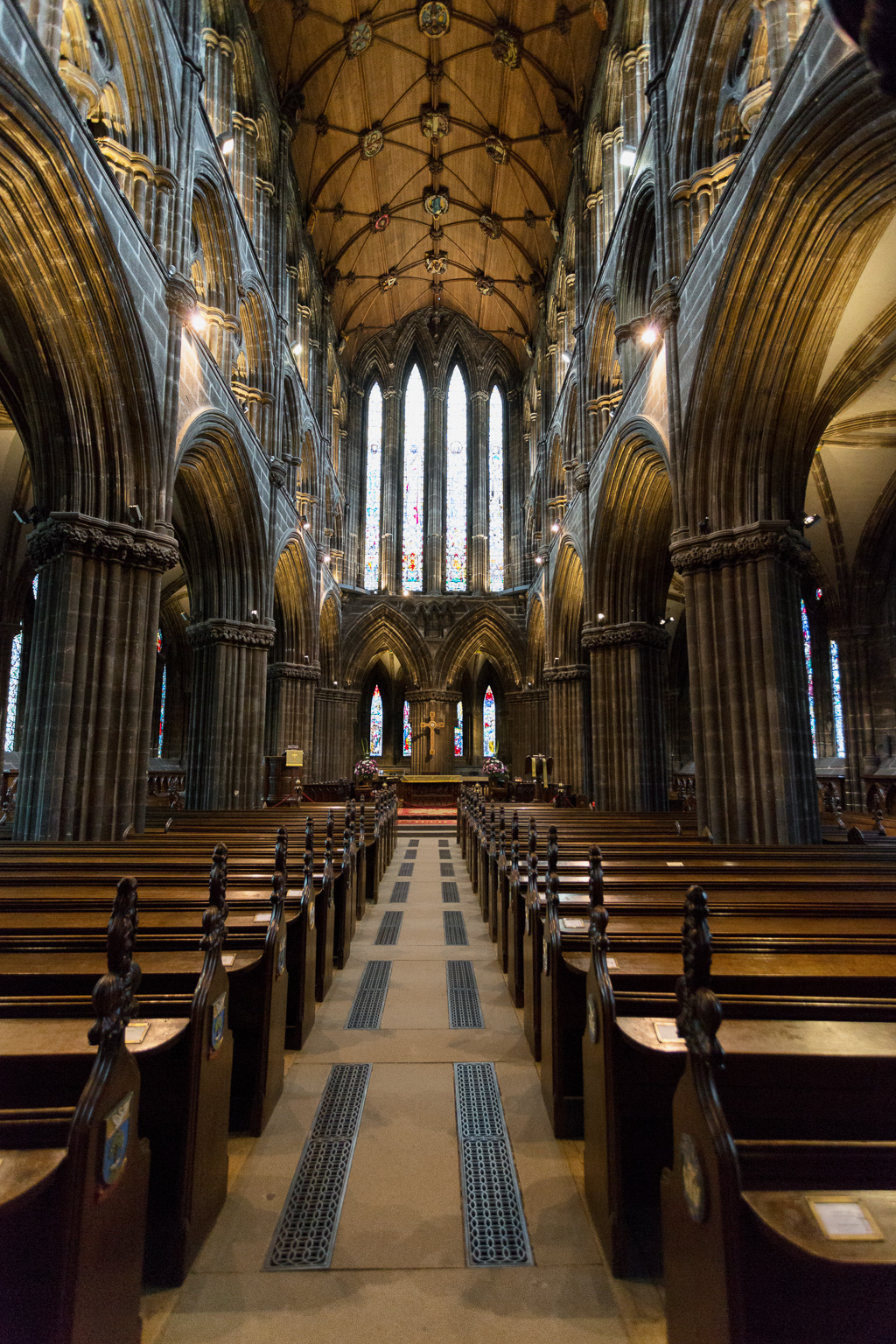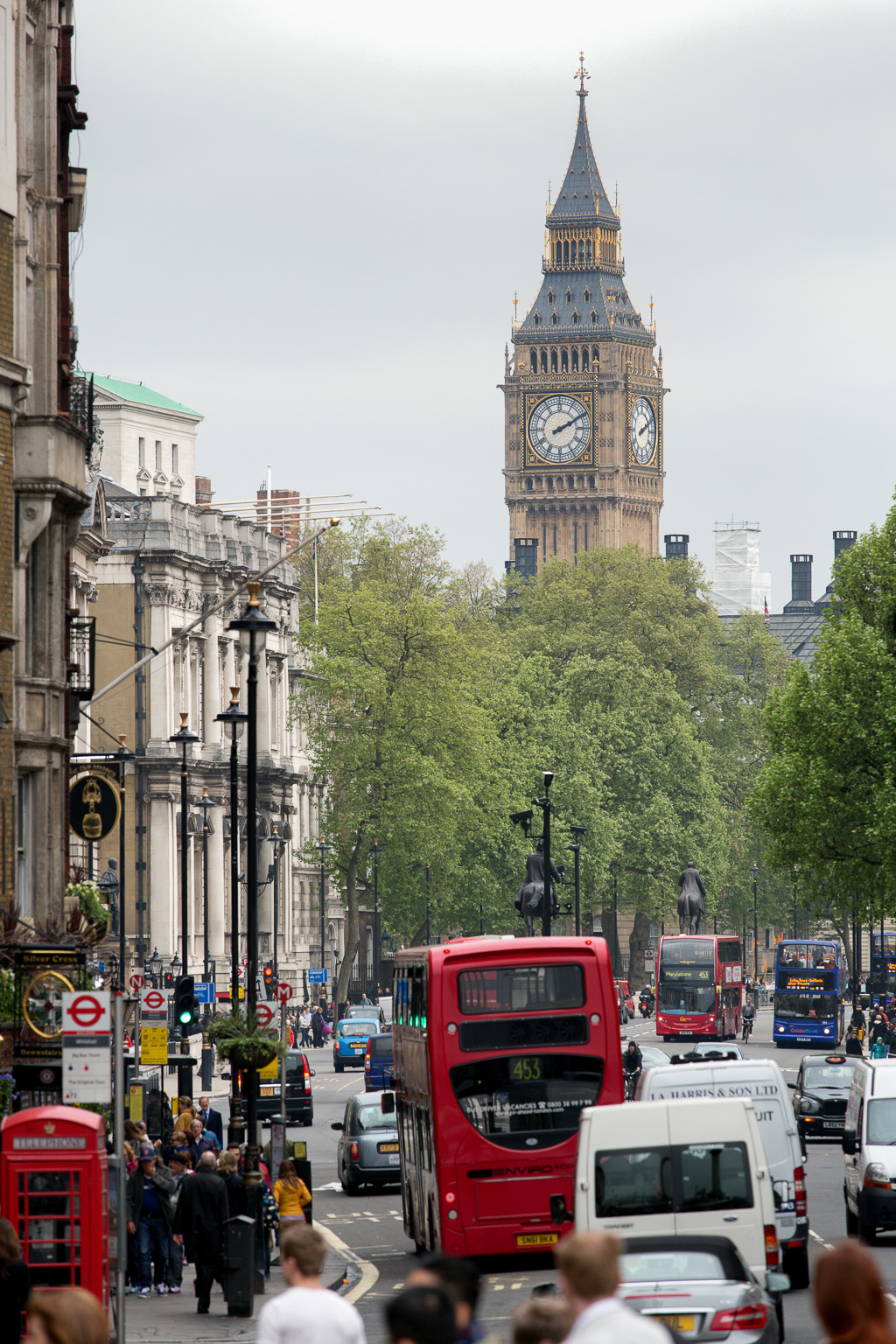
We met Janice before when she fell asleep on a subway while on her way to work in Toronto. Join her here for another narcoleptic adventure…
The Uber pulled to the curb in front of the house where Janice rented a basement apartment. She had a date. Sort of a date. She’d met a guy online and they had arranged to meet at a Starbucks for coffee. She could use a coffee. As for the guy. Well. She could use a guy, too.
Janice had an unruly brain and it inserted thoughts into her consciousness whether she wanted them there or not. One such thought, more like an Instagram video than a thought, was a scene of two dogs sniffing each other’s behinds. In a way, that’s what she and this guy were about to do. They would cover it with layers of social niceties—double latte misto blah-di-blah, neutral talk that avoided religion and politics, coded signals of class and income—but peel away the layers and all that remained was butt sniffing. She cursed her brain for throwing this unwanted image into her more conventional hopes for the meet-up.
The guy’s name was Oswald. She’d never known anyone named Oswald. In fact, when she first noted his name, she had swiped past his profile thinking: anyone named Oswald must be a loser. She caught herself mid-thought and wondered if she wasn’t being a bit unfair. It’s not as if Oswald had given himself the name. It was probably a struggle growing up with a name like Oswald. Kids beating you up all the time. High school girls snickering at you as you walked down the hall. He probably had astronomical therapy bills. Janice swiped back to the profile and chastised herself for being superficial.
As the Uber headed down to the Danforth, the side to side sway rocked Janice into a gentle reverie. Her eyes became unfocused and the houses passed in a blur. Waiting at the light to turn right onto the Danforth, people on the crosswalk passed in a riot of colour. Red t-shirts. Yellow t-shirts. All of the colours blending together in a way that reminded her of an expressionist painting.
When the car arrived at the Starbucks, Janice couldn’t remember the intervening time between her wait at the crosswalk and her arrival. And yet she couldn’t remember falling asleep either. She must have drifted into an indeterminate state that suspended all awareness of time passing. She thanked the driver and stepped out of the car. However, she had assumed she was stepping onto the curb whereas she found herself stepping into traffic, almost mowed down by a van going in the wrong direction.
She experienced a momentary feeling of disorientation, then pulled herself back into the moment and crossed the road. Inside the Starbucks, she stepped straight away to the counter and ordered a tall bold with coconut milk and raw sugar and paid for it with her app. While she waited for the person to fill her order, she surveyed the room and found her Oswald sitting in the corner, lost in his iPhone. She was pleased to note that he was better looking in real life than his dating app photo suggested.
Taking up her coffee, Janice stepped to Oswald’s table and introduced herself. Oswald looked up from his iPhone and said hello and stood and invited her to sit and Janice was utterly smitten if for no other reason than that he spoke with a soft English accent. She told herself not to be so superficial but she couldn’t help herself. Thanks to his accent, Janice could forgive any number of other sins, including his goatee and beret and affected radical student look.
Oswald hoped the location wasn’t too inconvenient.
Janice said it was perfect. She lived on the Danforth which was central to just about everything.
Oswald gave a quizzical look. The Danforth?
You know, Greektown.
Oswald shrugged. I’m just a Yorkshire lad. I don’t know where anything is.
Janice gazed out the window behind Oswald and noted a black cab passing on the left side of the road. Oh god, she said, I’m not in Toronto, am I?
Oswald smiled. You’re on Berkeley Street. I’m afraid if you turn right out that door, and turn right again at the corner, you’ll find yourself at the back end of Buckingham Palace.
Janice pushed back her chair and stood. I really need to be going.
Oswald stood as well, taken aback but doing his best to suppress hurt feelings. You can hop on the tube if you like. Around the corner. Green Park.
Oh god, not another subway. Who knows where I’ll end up. As she left the coffee shop, she turned to Oswald and said: It’s not you; it’s me. She knew how that sounded, but it was the truth.






